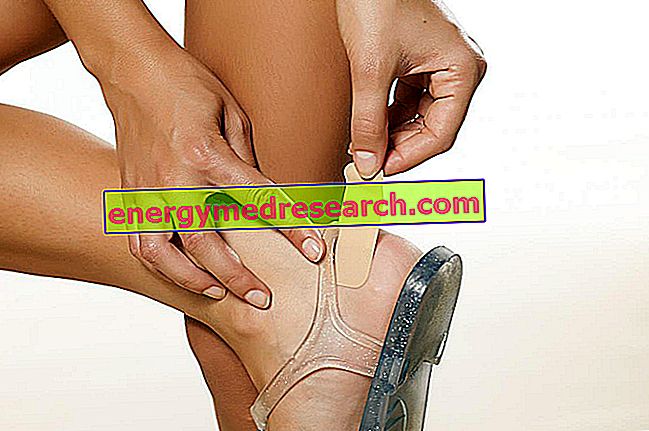
The blisters on the feet are skin lesions that rise and fill with liquid in reaction to excessive pressure and continuous rubbing .
- If they are not painful and allow walking, it is the best thing to do is to leave them intact, so that they heal spontaneously. To protect the area from further pressure and dirt, a blister patch can be applied . There is no need, therefore, to perforate the bladder.
- If bladder breakage occurs accidentally due to friction with socks or shoes, do not detach the outer membrane covering the lesion, as the best protection against infection remains. Removing it and leaving the wound open would expose it to external agents such as water, dirt and bacteria. To reduce the risk of infection, it is possible to apply an antiseptic and cover the area with a soft and sterile dressing (making sure that the central part of the same does not stick to the wound), to be changed daily.
- If a bladder is close to breaking, disinfect the part and puncture the bladder margin with one sterile needle (like a disposable syringe) at one or more points. Gently press with gauze to allow the liquid to escape and apply an antiseptic to reduce the risk of infection. Cover with a soft, sterile dressing until the bladder is healed.
- In the past, a folk remedy was to use needle and cotton thread, as if you were sewing. The needle was used to pierce the bubble from one side to the other and allow the easy release of the serum along the wire (it would act as a drainage; sometimes, the method involves leaving it inside the bladder overnight). In fact, this treatment, in addition to being traumatic, promotes the entry of bacteria into the lesion; considering then that we talk about the feet, the risk is amplified.



